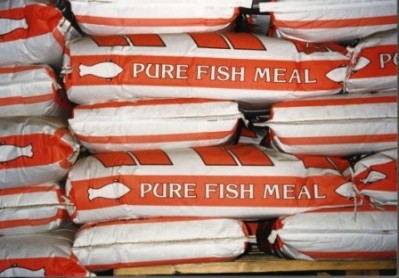Vietnam going all out for growth in seafood exports

Duong Phuong Thao, deputy head of the Ministry of Industry and Trade’s Export-Import Department told an audience at a workshop on solutions for sustainable seafood development that the industry is looking to boost exports in a sustainable way, improve competitiveness and keep the country on the list of the world’s top 10 seafood exporters.
The heat is on
Specifically, the industry is aiming for $7.5 billion in export revenue by 2015—or $1.3 billion higher than 2011. The targeted export growth rate over the period of 2012 to 2015 will be 8% per year. The subsequent five years are expected to see a growth rate of 7%.
This appears to be a tough target, especially given that seafood output has not increased over the last two years after a period of strong growth. As a result, volume-driven export growth might be hard to achieve in coming years.
To counter this, Thao explained that Vietnam could no longer rely on an increase in output, and should adopt a focus onvalue-added products, which he said should reach 60% by 2015.
However, the country mainly exports crude products like fish fillets, while value-added products, such as collagen extracted from aqua products, make up only a tiny portion of overseas sales.
Tricky path to sustainability
Duong Long Tri, of the General Directorate of Fisheries, told the workshop that the directorate had suggested several measures for sustainable development of the seafood industry. These included re-planning of tra fish and shrimp farming zones, applying advanced technology in fishing and developing logistics services.
However, delegates complained of the difficulty they have found in achieving sustainability in seafood production as long as traders keep undercutting each other, thus lowering export prices and pushing down buying prices.
This, they said, is being done so the traders can quickly gain money for bank debt repayment. This not only drags down seafood export value but also bring losses to farmers, who are forced to sell their products at prices below production costs.













